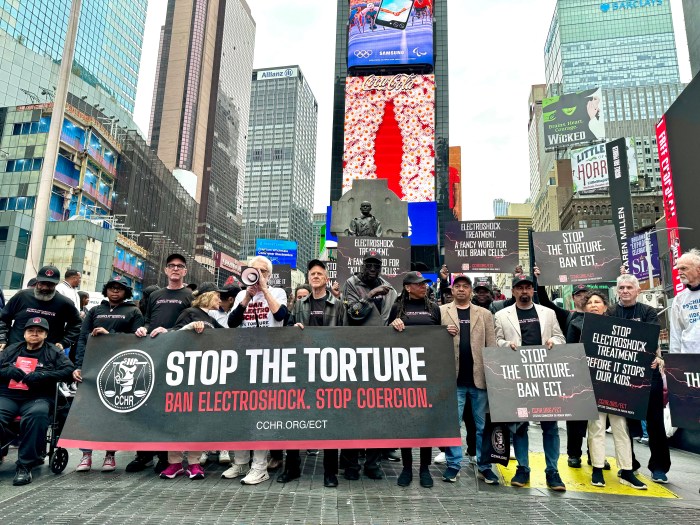With Earth Day just around the corner, it’s a good time for some serious reflection on the part of North America’s troubled automakers.
It’s no coincidence General Motors and Chrysler are facing potential financial Armageddon at the same time consumer tastes in cars have changed radically.
Let’s face it: Last year’s sky-high gas prices have ushered in an era of unprecedented demand for smaller, more fuel-efficient vehicles.
Buyers aren’t just focused on their wallets, mind you.
They’re also focused on carbon emissions and environmental impact. That’s why SUVs and other gas guzzlers are falling out of favour, while Smart Cars and foreign-made hybrids are a growing force on our city streets.
Hope is not necessarily lost for the Big Three, however. Earlier this month, General Motors announced that it was teaming up with the scooter company Segway to develop a battery powered, two-wheel vehicle.
GM should go one step further though, and embrace an old Japanese term: Kei Jidosha, or kei for short, meaning “light automobile.”
Japan’s automakers have been making these pint-sized cars, vans and trucks for the past half-century, which isn’t a surprise, given longstanding environmental challenges in that country.
Thanks to their style, utility and fuel efficiency — not to mention government incentives — these green-friendly automobiles have been a huge hit with Japanese consumers. I have no doubt North American car buyers would embrace them with the same zeal.
More and more of these cute vehicles are popping on the streets of Metro Vancouver. Last spring, I had my own Kei Jidosha moment, and purchased a Suzuki Every microvan.
Ironically, and unbeknownst to most, GM already manufactures and markets its own microvan in China, the Wuling Sunshine, through a joint venture. Not surprisingly, the vehicle is hugely popular with Chinese drivers, and has helped bolster GM’s otherwise battered bottom line.
Which begs the question: Why not here?
It’s about time North Americans are afforded the same choice in vehicles that drivers in Asia already have.
















